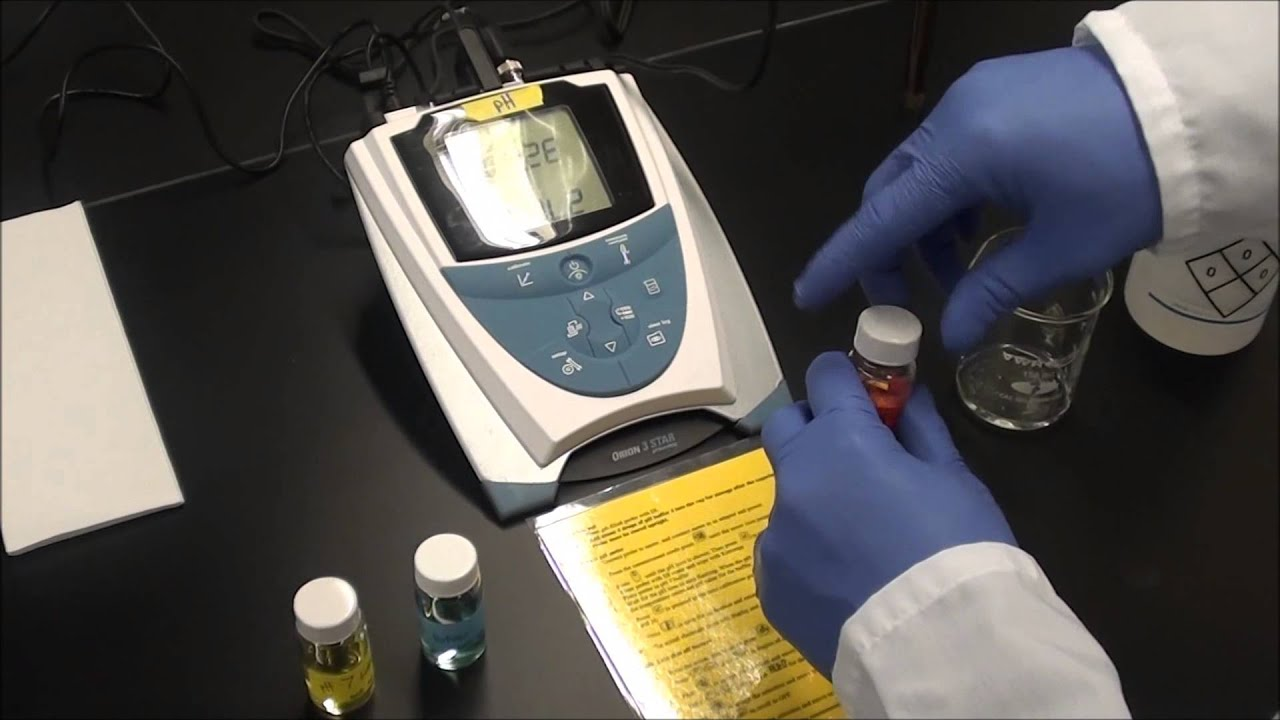The pH scale is a measure of acidity or alkalinity and is used in many industries. It is important to ensure that your measurements are accurate, which is why calibration solutions are used. If you’re new to pH calibration solutions, read on to learn all the facts you need to know about them.
-
What Is a pH Calibration Solution?
A PH calibration solution is a liquid containing a known concentration of hydrogen ions that can be used to calibrate pH meters and other equipment. This ensures that the results from your equipment are accurate and reliable.
-
What Types of Solutions Are Available?
Calibration solutions come in several different forms, including buffer solutions, tris buffer solutions, and titrant solutions. Buffer solutions are highly stable mixtures of acids or bases with their conjugates that resist changes in pH when small amounts of acid or base are added. Tris buffer solutions contain three components: a weak acid, its conjugate base, and an inert electrolyte such as sodium chloride. Titrant solutions contain either an acid or a base in a known concentration that can be used to determine the unknown concentration of another acid or base in the solution by titration.
-
How Should Calibration Solutions Be Stored?
It’s important to store your calibration solution correctly so it provides accurate results every time it’s used for testing purposes. To maintain accuracy, store the solution at room temperature away from direct sunlight, and keep it tightly sealed when not in use. Also, make sure to check expiration dates before using any solution—once expired the accuracy cannot be guaranteed!

-
What Is the Difference Between Standardized and Unstandardized Solutions?
Standardized calibration solutions have been tested against other reference materials for accuracy using traceable methods such as NIST standards or ISO/IEC 17025 accredited laboratories for certification purposes. Unstandardized calibration solutions can also be used but should not be relied upon as they may yield unreliable results due to a lack of testing or inaccurate concentrations due to impurities present in the solution itself.
-
What Are the Benefits of Using Calibration Solutions?
Using calibration solutions helps increase accuracy when measuring pH levels, saving you time and money by providing reliable test results quickly and easily without having to recalibrate frequently due to inaccurate readings from outdated equipment or incorrect storage conditions for sensitive materials like titrant solution buffers. Additionally, using standardized buffers can provide additional reassurance because they have been tested against reference materials for accuracy through traceable methods such as NIST standards or ISO/IEC 17025 accredited laboratories which give you peace of mind knowing you’re getting reliable results every time!
Conclusion:
Whether you’re looking for buffer solutions, tris buffer solutions, or titrant solutions – there’s no doubt that using quality calibration fluids will help ensure accurate readings every time! With proper storage conditions and regular maintenance checks on your equipment – you can rest assured knowing that your business is running smoothly with reliable test results thanks to these essential liquids! From helping save money through reduced recalibrations due to incorrect readings -to providing peace of mind with certified traceable standards – there’s no denying the importance of investing in quality calibration fluids today!

